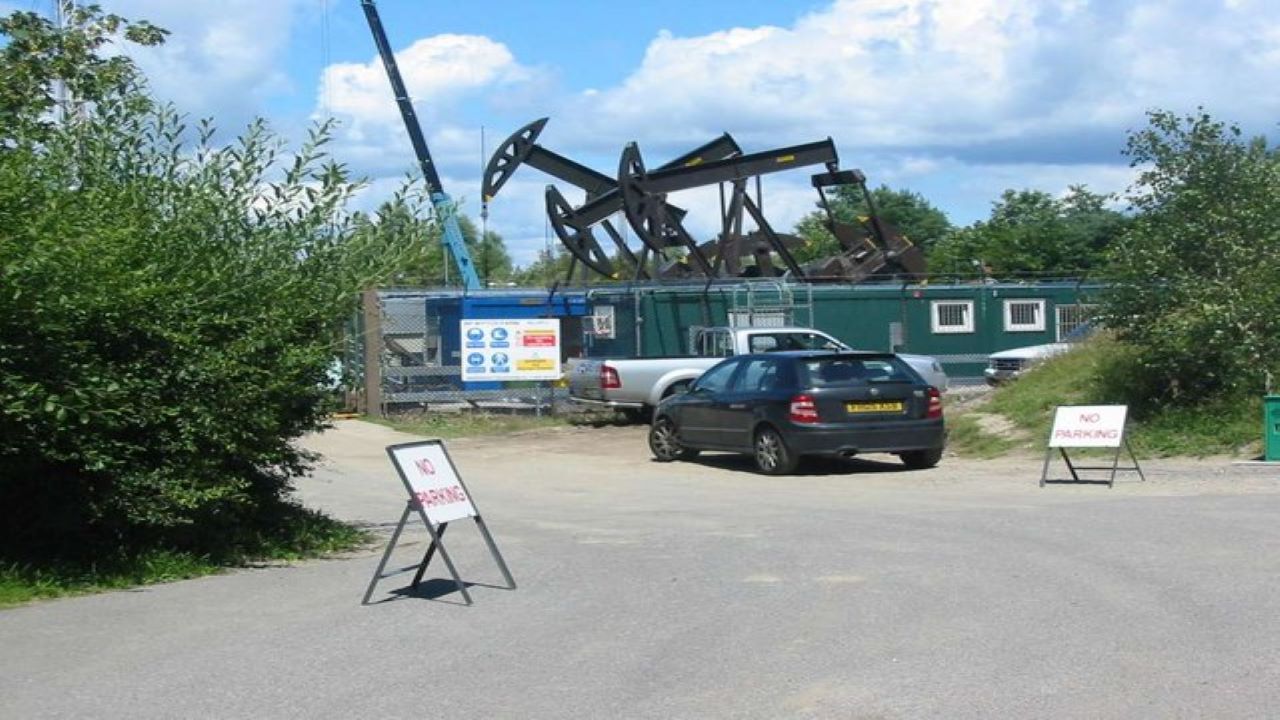Located 17 miles from Poole and six miles from Wareham in the Purbeck district, Dorset, England, Wytch Farm is a mature oil field that has been extracting oil and associated gas from sandstone and limestone oil reservoirs in the Wessex Basin since 1979. The oil field underwent development to extend its operational life by 21 years to 2037.
Wytch Farm is one of the biggest onshore oil fields in Europe. French oil and gas company Perenco is the operator of the field with a 95% share.
Wytch Farm reservoir details
The Wytch Farm oil field comprises three separate oil reservoirs that include the Bridport and Sherwood Jurassic sandstone and the Frome clay/limestone ones. Bridport was discovered in 1973 lying 900m beneath the surface. The Sherwood reservoir, situated at a 1,600m depth, was discovered in 1978, and the Frome reservoir that contains 7.5 million barrels (MMbpd) of oil at a depth of 750m was discovered later.
The ultimate recoverable oil reserves (including cumulative production and remaining reserves) of the Wytch Farm oil field were estimated at 480MMbpd as of 2003, with the Sherwood reservoir accounting for around 90% of the total reserves. The remaining oil reserves of the field were 43MMbpd as of September 2013.
History and development of the Wytch Farm oil project
Wytch Farm was discovered and initially operated by the nationalised British Gas Corporation (BG). The first phase of the field development was completed in 1980 and involved four well sites targeting the Bridport reservoir.
After taking over as operator of the field in 1984 following the privatisation of BG, BP upgraded the existing well sites and constructed five new ones as part of the second phase development initiated in 1987. The field started producing from both Bridport and Sherwood reservoirs upon the completion of the second phase. The oil field reserve base was also raised from 30MMbpd to 378MMbpd.
The third phase of development started in 1993 and involved extended reach drilling from the mainland under Poole Bay and the construction of a new well site on the Goathorn Peninsula.
The Wytch Farm oil production peaked at 110,000 barrels per day (bpd) in 1997 compared to 6,000bpd in 1984. However, the oil production gradually declined since then to 50,000bpd in 2002 and to 16,000bpd in 2011. The field currently produces approximately 14,000bpd.
BP sold its 67.8% interest in the Wytch Farm to Perenco in 2011, which, in turn, sold 17.7% to Premier. The new operator started infill drilling at the site in the first quarter of 2012. Perenco acquired Premier Oil’s interest in the field in 2017.
Infrastructure at the Wytch Farm oil field
More than 100 wells, including producers and water injectors, were being operated from 13 well sites at Wytch Farm as of June 2012. The oil field also uses a sea water-pumping station.
The fluid output from the well sites is sent through infield pipelines to the gathering station at Wytch Heath where crude oil and liquid petroleum gases (LPGs) are separated. Oil from two other smaller Perenco-operated oil fields, namely Wareham and Kimmeridge, is also transported to the Wytch Farm gathering station for processing.
Oil from there is sent through a 91km-long and 16in diameter pipeline via the Fawley refinery to the Hamble oil terminal. Natural gas (methane) produced at Wytch Farm is piped to Sopley located north of Christchurch. The LPG produced from the gathering station is exported by road tankers.
Oil and gas production from the onshore field
The field’s average daily oil production during the year ending in November 2013 was more than 17,000bpd. The associated gas production from the field averaged at three million cubic feet (Mft³) during the period. Wytch Farm was the UK’s fifth-biggest oil-producing field and the highest producing onshore oil field in 2013.
Future development of the UK’s largest onshore oil field
Perenco was granted permission by the Dorset County Council in September 2013 to extend the field life of Wytch Farm from 2016 to 2037. However, the approval necessitates the operator to restore the surrounding environment and prohibits fracking wells for shale gas at the field, which is located in one of the most environmentally sensitive areas of the UK.
Future oilfield development will include drilling new wells and maintaining the existing ones. Perenco drilled three new wells as part of the infill drilling programme at the site as of 2013.




